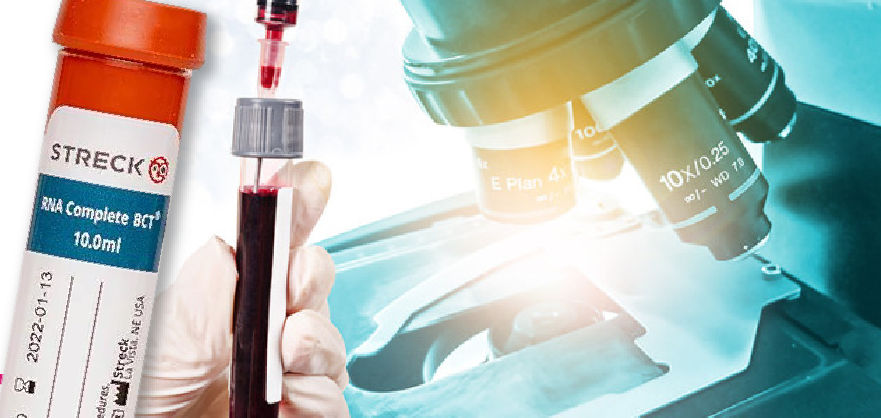4;14 – IGH/FGFR3
IGH/FGFR3 translocation, t(4;14)(p16;q32) The t(4;14) translocation is associated with upregulation of the fibroblast growth factor receptor 3 (FGFR3) and the myeloma SET domain protein. This reciprocal translocation is a common alteration in multiple myeloma (MM) not often detected by classic cytogenetics, because of the telomeric location of the regions involved. Patients with t(4;14) demonstrate an […]


